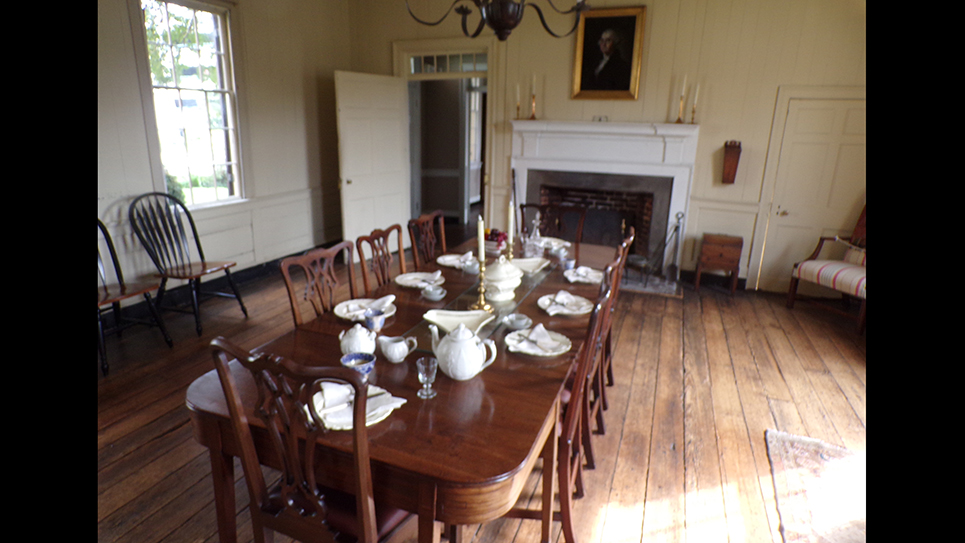A look inside the Blount Mansion
By Pete Gawda
In 1925, Knoxville was in danger of losing a historic landmark closely tied to the origin of the state. At that time, there was a movement to tear down William Blount’s 1792 home to build a parking lot for the Andrew Johnson Hotel being built across the street. Blount built the house to serve as the Governor’s House and capitol building for the Southwest Territory, the forerunner of the present state of Tennessee.
Blount, a native of North Carolina, signed the U.S. Constitution for North Carolina, served as governor of the Southwest Territory, and was one of Tennessee’s first two U.S. Senators.
Due largely to the efforts of Mary Boyce Temple, who had purchased an option on the property, the nonprofit Blount Mansion Association was formed in 1926 to save the house. Temple said she saved the house for the school children. However, it is ironically said that she did not like children. The purpose of the association, according to present-day executive director David Hearnes, is to “preserve the unique historic value of the Blount Mansion. We are anything and everything William Blount.”
In 1925, the house was in bad shape, according to Hearnes, having been used as rental property. It became what Hearnes called a “flop house.”
Hearnes said the name Blount’s Mansion was adopted by the association to attract visitors. While rather plain in construction, it was truly a mansion for that time and place. It was one of the first frame structures built in the area and also one of the first to have glass windows. At that time, most people in the area lived in one-room cabins with a dirt floor and no glass windows.
The home has been restored and furnished as it would have looked back then. Although only one piece of furniture actually belonged to William Blount, the association used an inventory of Blount’s furniture to match the furnishings as much as possible. The grounds include a formal garden, the building that housed Blount’s law office, where much of the governing of the territory was conducted, and a detached kitchen. Through the years, the house, which was originally built to contain two rooms on one floor, was gradually expanded to include three rooms downstairs and two rooms upstairs. Interior doors were painted to look like mahogany, and the fireplaces were painted to look like marble.
When the house was first built, the front entrance faced the Tennessee River, which was the main means of transportation at that time. A porch, which has since been torn down, shaded the front of the house. Later, the house was remodeled with the front entrance facing West Hill Ave.
Notable Tennesseans of the era, such as John Sevier and Andrew Jackson, were entertained at the house, which is now a National Historic Landmark.
The association sponsors field trips for 4th and 5th grade students. The goal of these events is to connect the students with the similarities and differences between that era and modern times. Hearnes said students often ask, “Where is the TV?” and in the kitchen, they look for a microwave oven.
Hearnes said several activities are being planned for 2026, the 250th birthday of our country, and the 100th anniversary of the founding of the association.
Besides tour groups, the house is used for meetings by other nonprofit organizations such as the Daughters of the American Revolution and the Sons of the American Legion, as well as private functions such as wedding receptions and baby showers.







